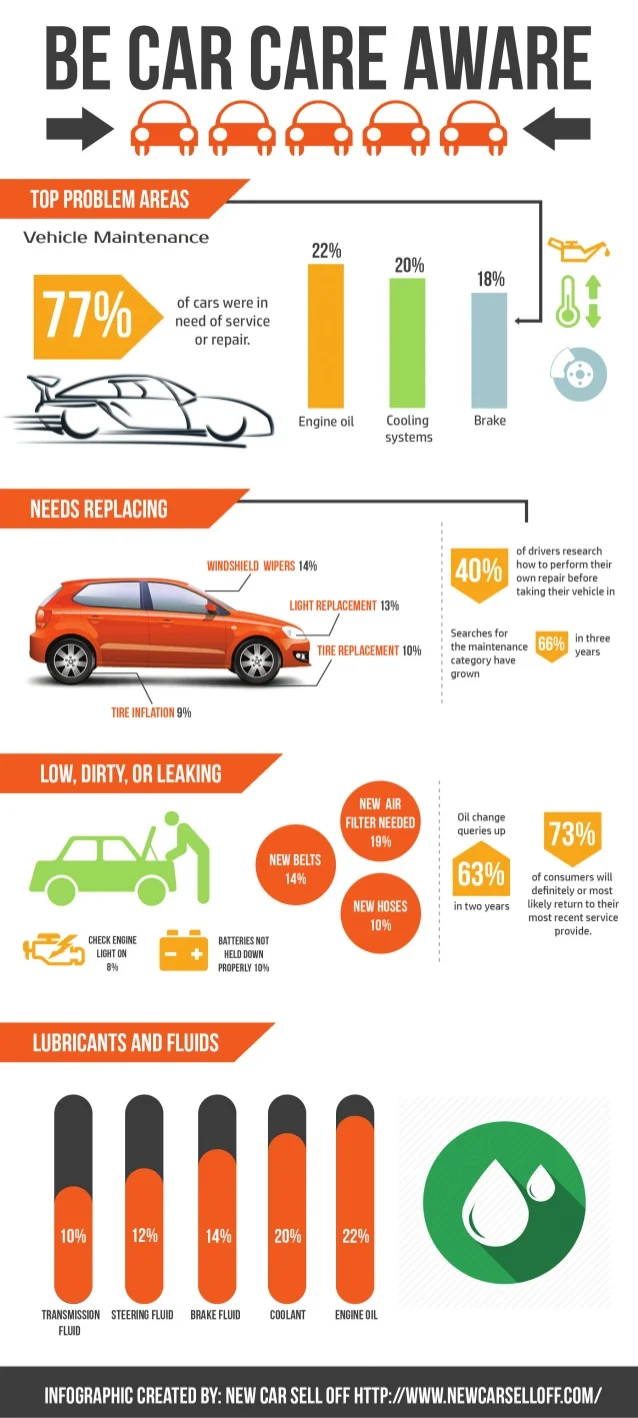Familiarize Yourself With The Dashboard Warning Lights In Your Cars And Truck To Prioritize The Well-Being And Safety Of Your Vehicle
Familiarize Yourself With The Dashboard Warning Lights In Your Cars And Truck To Prioritize The Well-Being And Safety Of Your Vehicle
Blog Article
Post Created By- relevant web site
When you lag the wheel, those radiant warning lights on your dashboard can be a bit perplexing. Do Highly recommended Website understand what they're trying to inform you regarding your automobile's health? Comprehending the relevance of these lights is important for your safety and the durability of your vehicle. So, the following time one of those lights turns up, would not you intend to decipher its message precisely and take the necessary steps to resolve it?
Common Warning Lights and Interpretations
Identify typical caution lights in your car and understand their meanings to make sure risk-free driving.
One of the most regular caution lights consist of the check engine light, which signifies issues with the engine or emissions system. If this light comes on, it's essential to have your vehicle inspected without delay.
The oil pressure advising light suggests reduced oil stress, requiring instant interest to avoid engine damage.
A blinking battery light may suggest a faulty charging system, possibly leaving you stranded otherwise resolved.
The tire stress surveillance system (TPMS) light alerts you to reduced tire pressure, affecting automobile stability and gas performance. Ignoring this might result in harmful driving conditions.
The abdominal light indicates a trouble with the anti-lock braking system, jeopardizing your ability to quit quickly in emergency situations.
Finally, the coolant temperature level warning light warns of engine overheating, which can result in serious damage otherwise dealt with swiftly.
Recognizing these usual warning lights will aid you resolve issues quickly and keep secure driving problems.
Significance of Prompt Focus
Comprehending the typical warning lights in your vehicle is only the very first step; the importance of without delay attending to these warnings can not be emphasized sufficient to guarantee your safety and security when driving.
When a warning light brightens on your dashboard, it's your vehicle's method of interacting a prospective concern that requires attention. Neglecting these warnings can cause much more extreme issues later on, compromising your safety and possibly costing you more out of commission.
Prompt attention to cautioning lights can protect against break downs and accidents. For example, a blinking check engine light can suggest a misfire that, if left unattended, could trigger damage to the catalytic converter. Addressing this quickly can save you from a costly fixing.
Likewise, a brake system alerting light might indicate reduced brake fluid or worn brake pads, critical components for your safety and security when driving.
DIY Troubleshooting Tips
If you observe a warning light on your control panel, there are a few DIY repairing ideas you can attempt before seeking specialist assistance.
The first step is to consult your vehicle's manual to comprehend what the particular warning light suggests. Occasionally the problem can be as basic as a loose gas cap setting off the check engine light. Tightening up the gas cap may deal with the trouble.
Another common issue is a reduced battery, which can activate different cautioning lights. Inspecting the battery connections for corrosion and guaranteeing they're safe may fix the trouble.
If a warning light persists, you can attempt resetting it by separating the auto's battery for a couple of mins and after that reconnecting it. In addition, inspecting your vehicle's fluid degrees, such as oil, coolant, and brake fluid, can assist troubleshoot cautioning lights connected to these systems.
Conclusion
In conclusion, understanding your automobile's warning lights is crucial for maintaining your automobile running smoothly and securely. By promptly addressing these notifies and recognizing what they indicate, you can prevent costly repairs and prospective malfunctions.
Remember to consult your automobile's guidebook for specific details on each cautioning light and act as necessary to make certain a trouble-free driving experience.
Keep informed, remain risk-free when driving!
